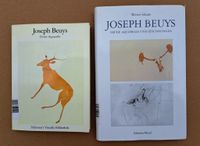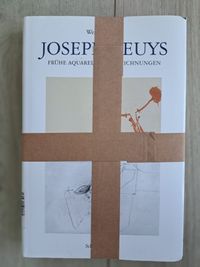Inspiration
Making art for me is like making a contemporary cave painting or rock carving. Inspired by nature, by history, my environment. Layered, in material, in color and sound, to touch upon a primeval feel, that is ancient and modern in one glance.
Nature
Nature, its importance and conservation, is the significant element in my science and artwork. The beauty of nature, under threat by climate change, loss of biodiversity, environmental change, are my driving force. My artwork has a more general background in biology and environment: nature as the environment we live in, where we are rooted, where we totally depend on and nature as of who we are as human beings, in our mind as well as in time. When walking in the woods I feel at ease, when working in my lab I feel at home. Showing beauty is important, not its visual perfection, but in its essence. Transience, life - death, decay - waste, frayed but coherent. See my photowork (decay, firework, macro, urban) and aquarel paintings (cattle, horses) and landart for more.
Prehistory - History
From teenage years onward I have a fascination for the people that lived and settled in prehistoric times, such as the Neanderthals, the Cro-Magnon, and the reindeer hunters in the Paleolithic, more than 10,000 years ago as well as the early settlers in the Neolithic and Bronze Age between 3500 and 500 BC. Not only collecting the artefacts of their culture such as stone tools, but also in studying their art, in particular their cave paintings and rock carvings. Walking in the landscapes and footsteps of my prehistoric ancestors. See my photowork (from Stone age to Phone age), paintings (rockart, aquarel cave art).
Of more recent times I mirror historical figures and scenes in a different, more versatile perspective. Alleged heroes, such as JP Coen, Napoleon, we learned about in our history lessons, which we hoisted once on our shields when at war, may have been more unscrupulous than we take for granted. Or, we should be more unscrupulous ourselves during the current corona pandemic than we would like to admit. See more at cardboards.
Other artists
There are several sources that inspire me, or better, expressions of art I feel related to by its rawness, its originality, its primeval core. These can be unknown and uncredited artists - like the creators of rock (megalithic) art and cave art, of bone and stone tools in the paleolithic, neolithic and bronze age, and the great craftsmen that made the tribal masks of Africa and Oceania.
But also well known painters, such as Jeroen Bosch (the Temptation of Saint Anthony) and Renaissance painters, as well as Francisco Goya, Constant Permeke, AR Penck, Jean-Michel Basquiat (e.g. my Golgotha Trilogy), and Geta Brătescu, sculptors like Barbara Hepworth, and land artists such as Richard Long, Andy Goldsworthy. The water color paintings of Caren van Herwaarden and Jan Baas inspired me not to be afraid of the water. In insect painting no one can stand next to Maria Sybille Merian.
Beuys's cave paintings
Just the other day, Tilmann Krumrey a fellow German artist, commented and complimented me on one of my Elk mudpaints I published on Instagram. It reminded him of 'Eine Elche' made by Joseph Beuys. Being unaware of these early works, the did a short survey after the "Frühe Aquarelle". I bought two books online, and digged into the drawings Beuys drew in the 40s and 50s. I did not find the specific moose Tilmann was reminded of, but seeing the spiritual drawings in watercolors and ocher like ferric chloride, it was as if a circle closed: in his essential, basic, sensible, monochromatic, earthly works, I recognized rock art, Beuys had drawn 50-60 years ago. The early watercolors and drawings (Frühe Aquarelle) of Joseph Beuys, created during the late 1940s and early 1950s, are true contemporary cave drawings. Specimen that inspire me to continue and divert a bit from shapes and anima(ls) that were already on my way.

